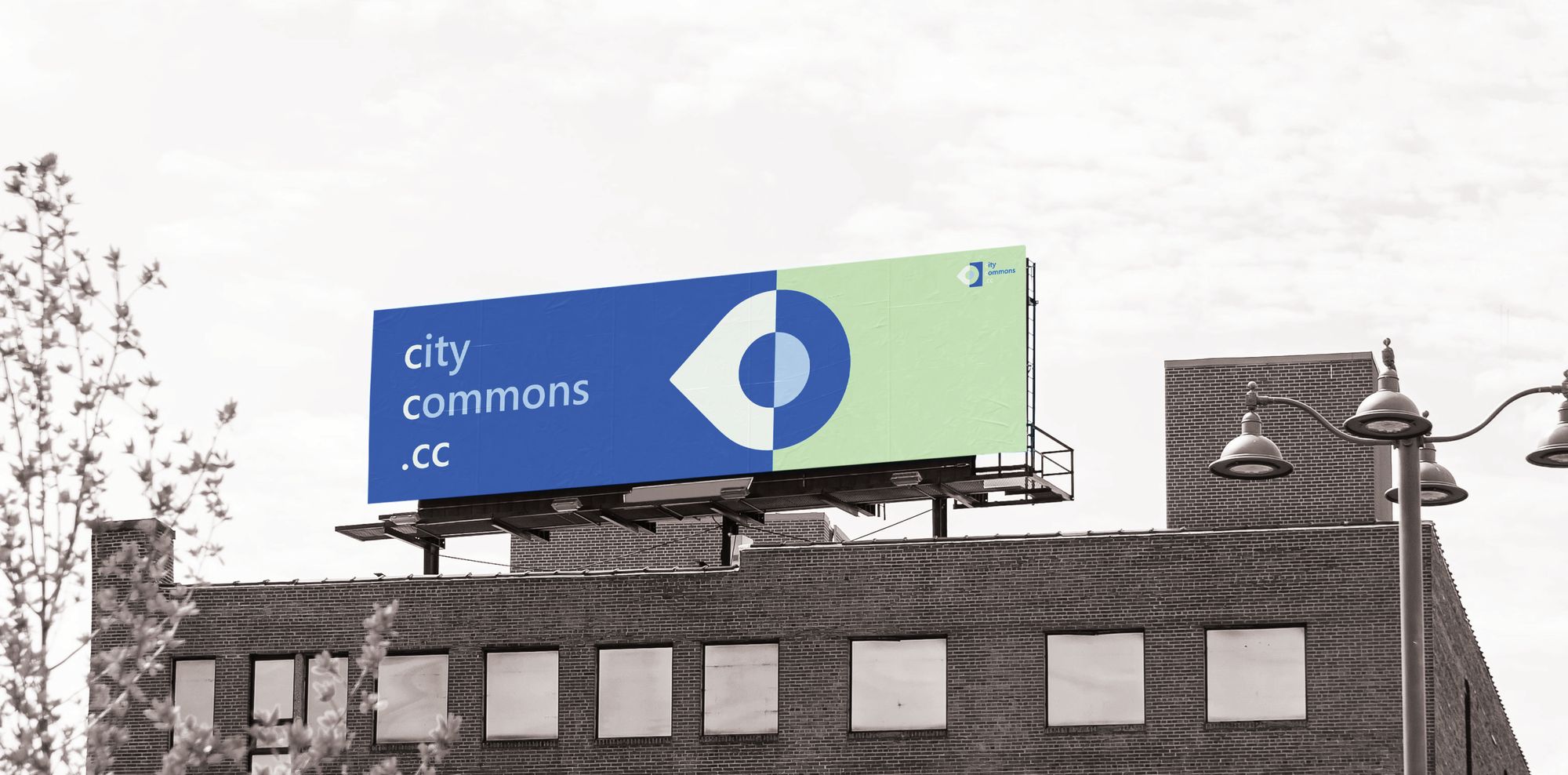The architecture and urban planning of a city are a reflection of its society, of the political changes and power shifts that society undergoes through time, a thesis that rings especially true in the case of Tirana. This is because Tirana’s urban structure has largely been shaped by an ongoing process of tabula rasa that continues even more intensively today and has consisted in the devaluation of the past in order to replace it with “the new”, ostensibly “the contemporary”. This has led to a situation whereby a certain group of architectural works that are widely regarded to be the main surviving representatives of the “organic” development of Tirana, find themselves stuck in a limbo as it were, as well as being perceived as “undesirable buildings”. Even though these buildings embody a rich tapestry of historical, cultural, and architectural values, they have largely remained outside of the purview of architectural preservation efforts, which explains their current predicament.
In view of the institutional unwillingness to preserve these buildings even though they are so clearly and palpably at risk, it was determined that the best alternative strategy for preserving them consisted in reclaiming these buildings and the values they embody for the community. This can be achieved by re-activating the community’s collective memory about them and therefore about the city, thus using these buildings as a way of re-appropriating the city itself.
The instrument used to achieve this was an interactive platform of digital documentation, preservingwb.city, which initially started with preservingtirana.city and followed by preservingpristina.city afterwards. These platforms are databases made of a combination of theoretical research with ethnographic interviews, fieldwork mapping, and photographic documentation. The extensive work for Preservingwb.city was followed by the work on another archiving platform thealbanian.house, an interactive public website that relies once again for its content on the use of open access knowledge, open source software, and Creative Commons licenses to document one of the most neglected architectural typologies in Albania, the house typology.
Consequently, these projects of archiving the spatial traces of historical layering in Tirana, Pristina (preservingwb.city) or Albania (thealbanian.house) have been conceived as ongoing, participatory, and sustainable processes. The buildings documented on the websites are a common good that belong to the city and its inhabitants, and help them define their identity and sense of place therefore the process of gathering information about these buildings and the continual expansion of that information base is a common right and responsibility too.
This reflection on the importance of these types of documentation, made us think broader spectrum about the concept of the commons, more specifically the urban commons, as an entity that includes not only architectural objects, but also physical public and green spaces, in-between spaces (private-public), historical places part of communities collective memory, spaces of rites, of familiarity, of encounters, spaces of discussion, of protests, of critical thinking etc. All of the above mentioned variety of spaces, find themselves everyday more fragile, endangered and on the verge of erasure, by the continuous pressure of our neoliberal, capitalist society developments or as Mark Fisher better defines it, 'capitalist realism'.
This is the starting premise of citycommons.cc, as an initiative and strong necessity to share, learn and discuss on every issue that arises related to the urban commons through the use of open knowledge and open source platforms.
This is an open invitation to each one of you to help us in our mission of nurturing the commons!
If you want to understand more in depth how it started and our journey in creating this platform, you can read: PreservingTirana
... so let there be Citycommons.

